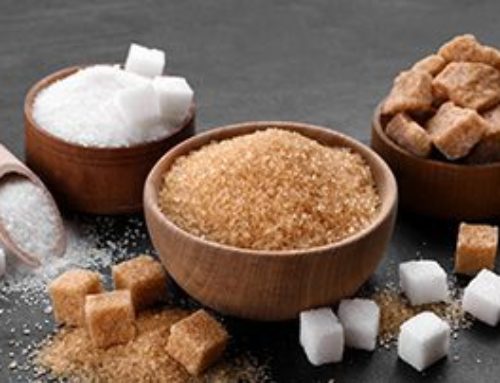
Our lips, along with our eyes and nose feature prominently on our face to provide a medley of helpful functions. In order for the mouth to perform at its optimum level, it is integral that the delicate skin of the lips remains supple. Stretching and puckering up to allow us to talk, eat, breathe and kiss are relentlessly repetitive tasks. The lips are under non-negotiable obligation to perform these tasks on a daily basis.
The lips can be seen to mirror the soul. They display expressions of happiness when we smile and turn downwards and pout when we are sad. When we assert frustration or anger the lips will become tight and thin. They will open when we want to share a thought, remain closed when we don’t want to waste a breath. Or, they will soften when we want to express love and sensuality. They will harden when we want to protect our heart and self-esteem. Lips (and fingertips) have more nerve endings than any other part of our body, making them incredibly sensitive to pain, heat, cold and sharps.
The lips have hearty work to do and yet their structure is incredibly delicate. The stratum corneum (visible top layer of the skin) is protective by nature and harder than the epidermal layers underneath. The lips however, have a very thin stratum corneum. This variation in epidermal thickness is what determines if the skin is thick or thin.
Considering the thickness of the skin of the palms of the hands and the soles of the feet – the lips are their polar opposite. What the soles of the feet and palms of the hands do have in common with the lips, is that unlike the rest of the skin on the body, they do not possess any hair follicles. Hair has a protective role to defend the skin beneath – such as a man’s beard upon his face or our hair upon our scalp. The lips do not have this comfort and are constantly exposed to harsh elements.
Winter winds, sun radiation and dehydrating heating systems give the tender lips a tough time. The resulting moisture loss can be seen as the familiar, yet uncomfortable parched and flaking skin. A weekly self-care treatment will provide comfort and nourishment for winter lips.
Nourishing Winter Lips Treatment
Keep the skin supple and allow the mouth to go about its day with grace and ease, perform a nourishing lip treatment if you please.
Mix equal parts;
Honey – a healing, soothing & natural humectant
Raw sugar – a physical & chemical exfoliant
Coconut oil – a natural nourishing emollient.
Gently polish lips with this potion for as long as you cannot be tempted to eat it – 60 seconds should do.
Lick, wipe or rinse away.
Apply an extra smudge of coconut oil to lips if required.
Repeat weekly.
This article was written by Robina Bedwell – Tutor, Level 4
References
Al-Wali, N. S. (2004). Clinical and mycological benefits of topical application of honey, olive oil and beeswax in diaper dermatitis. Clinical Microbiology and Infection, 11(2), 160-163. https://doi.org/10.1111/j.1469-0691.2004.01013.x
Patil, V. (2016). Why are lips different from other skin areas? Retrieved from https://www.scienceabc.com/humans/why-are-lips-different-from-skin-areas.html
Marieb, E. N., Hoehn, K. (2016). Human Anatomy and Physiology (10th ed.). Essex, England: Pearson.







